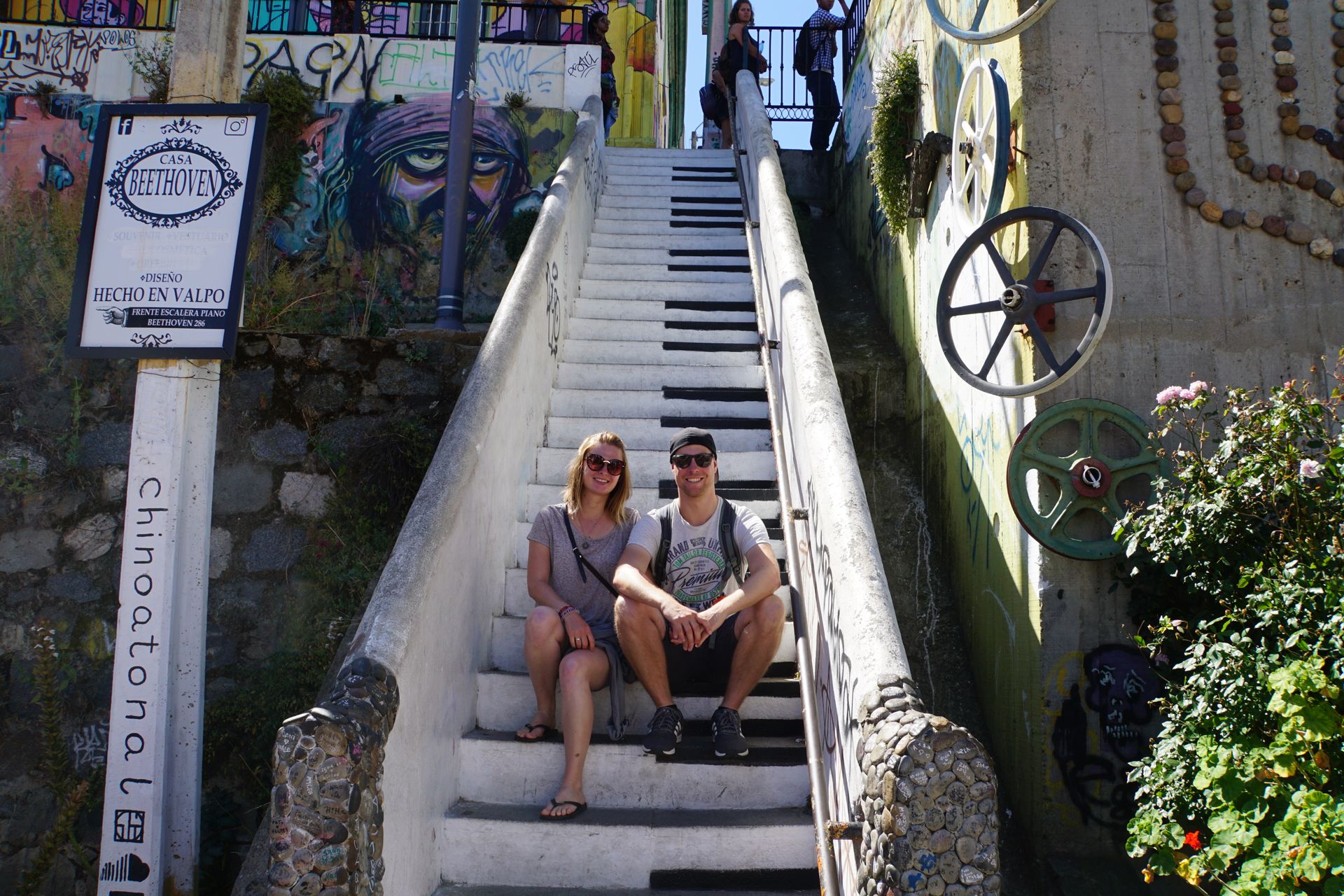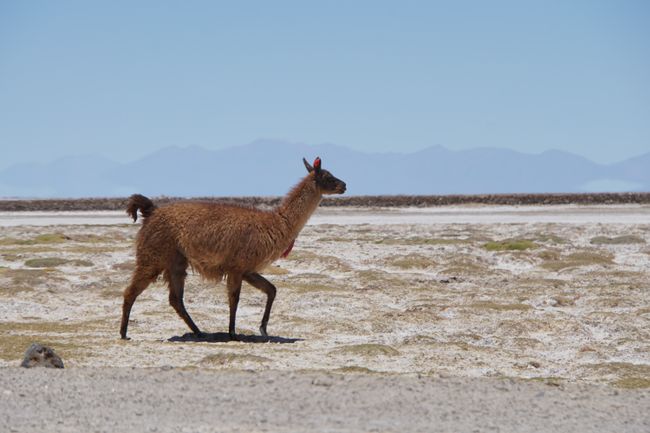Puno and Uros
प्रकाशित: 18.11.2018
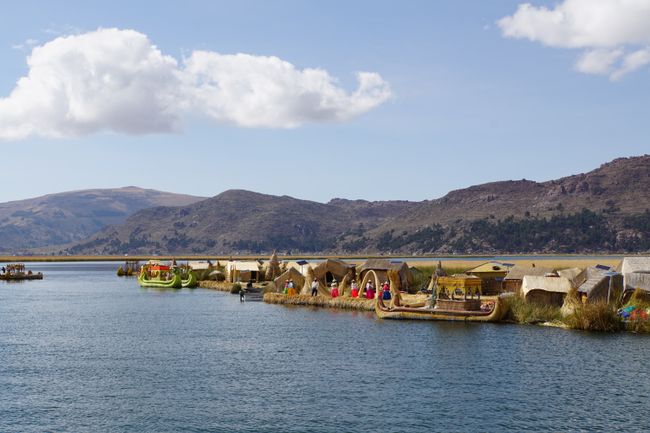
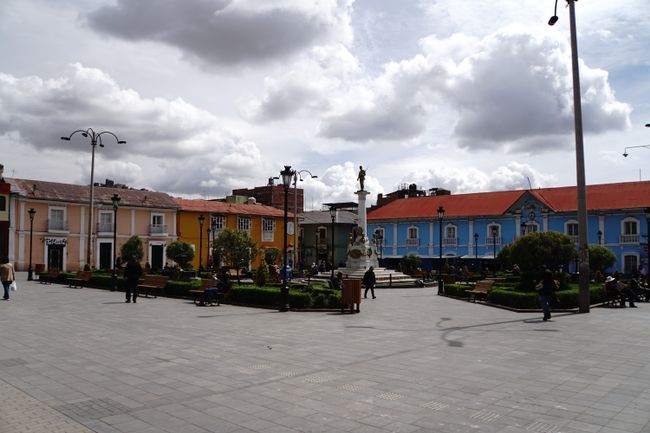
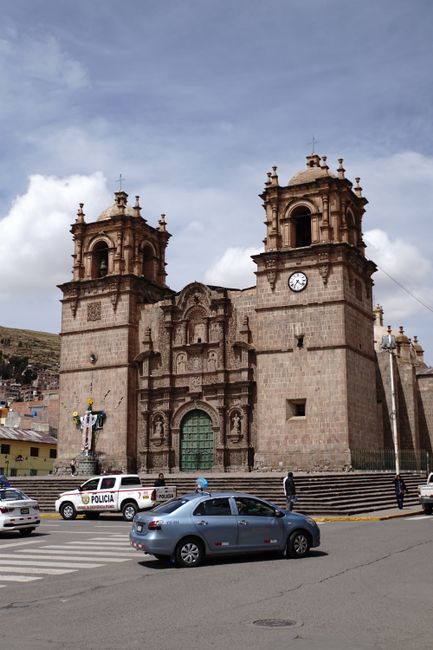
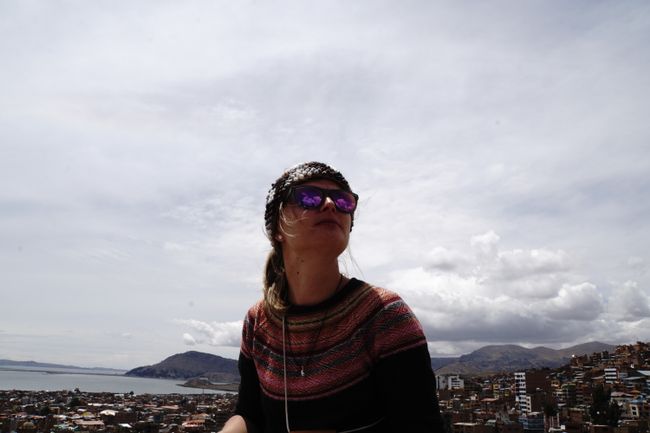
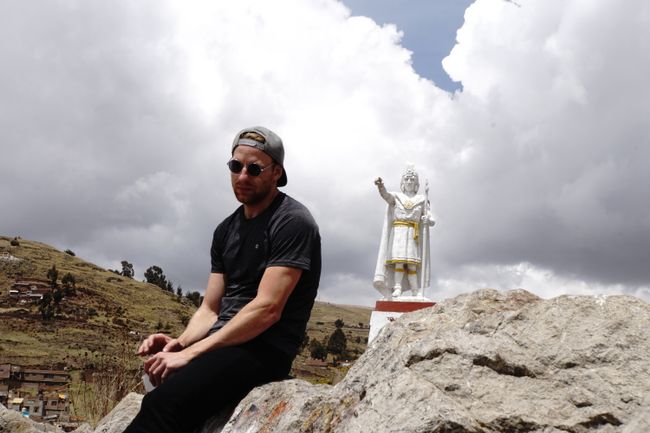
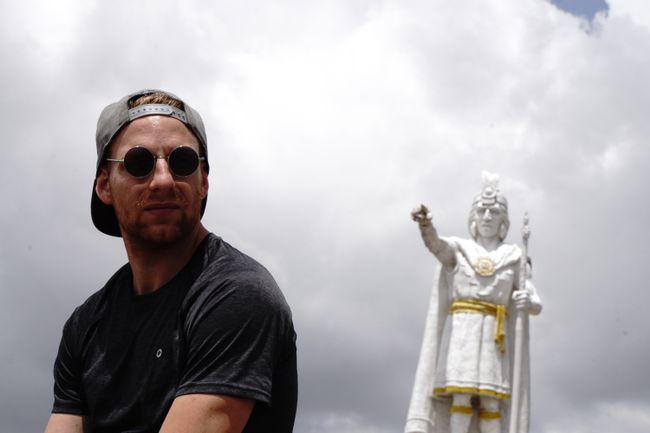
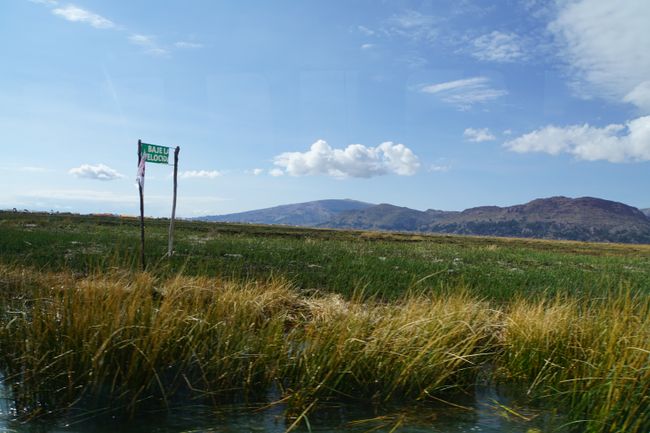
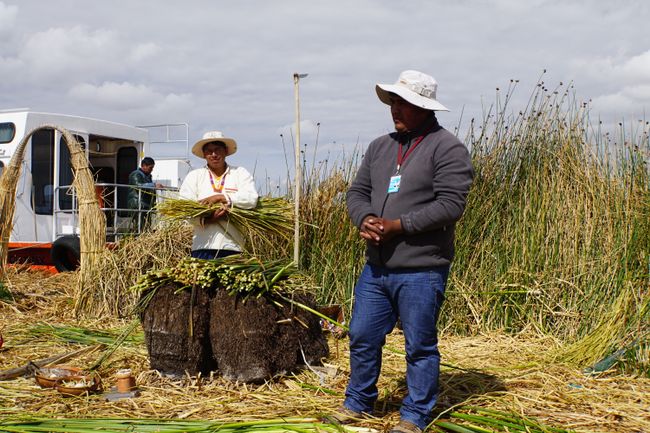
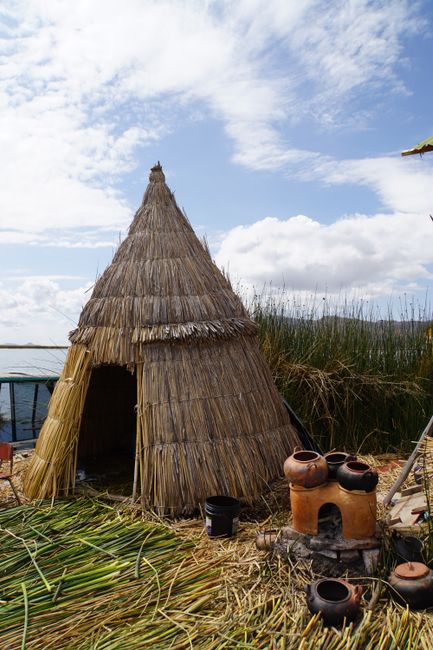
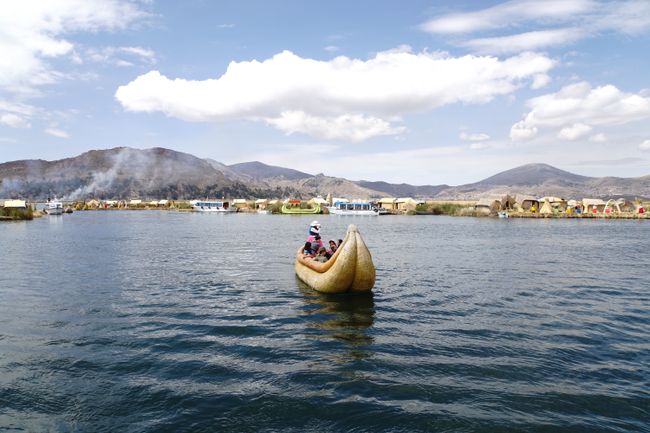
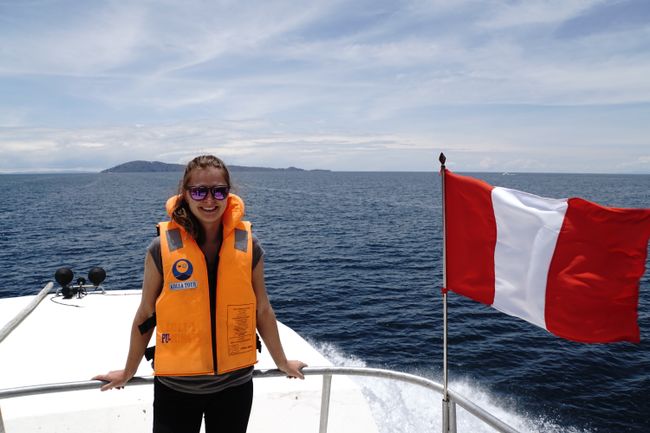
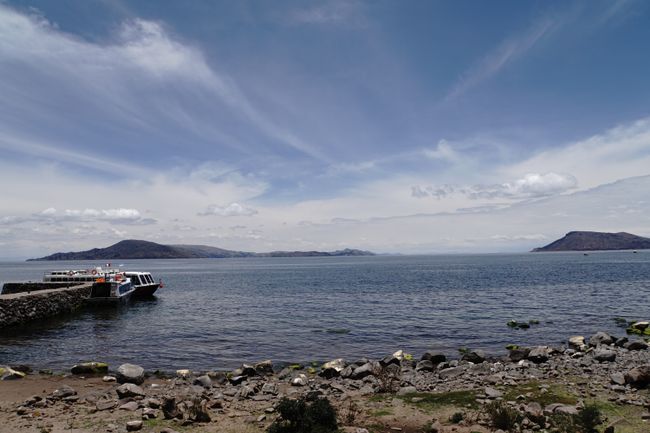
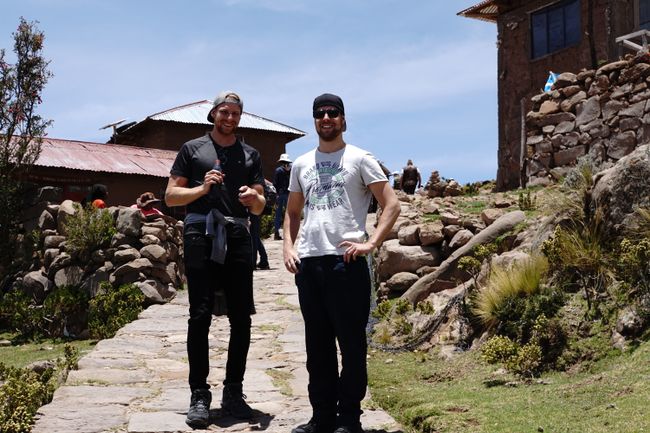
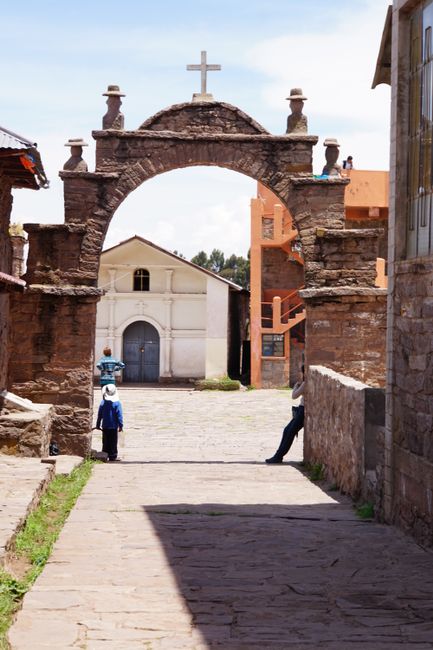
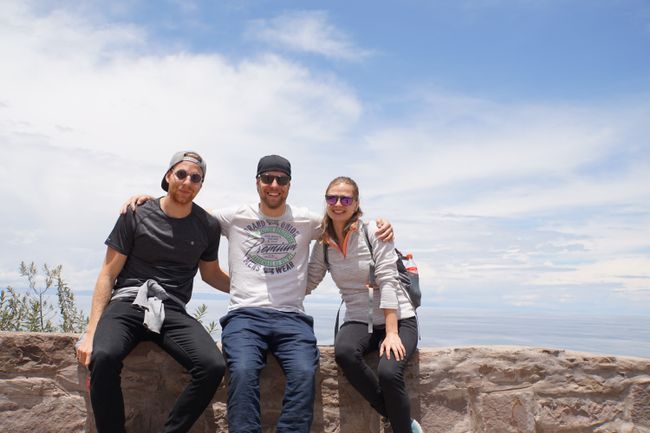
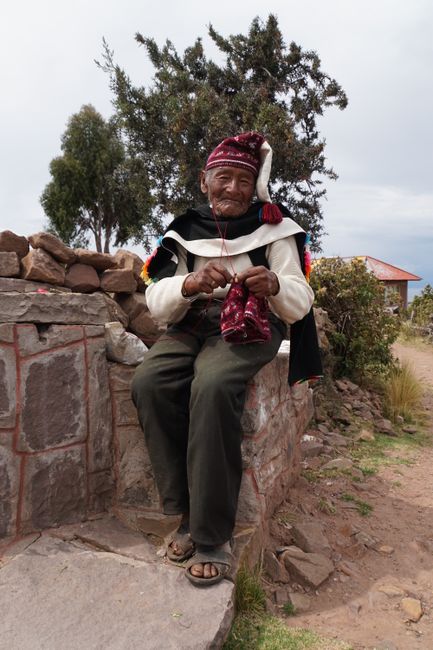
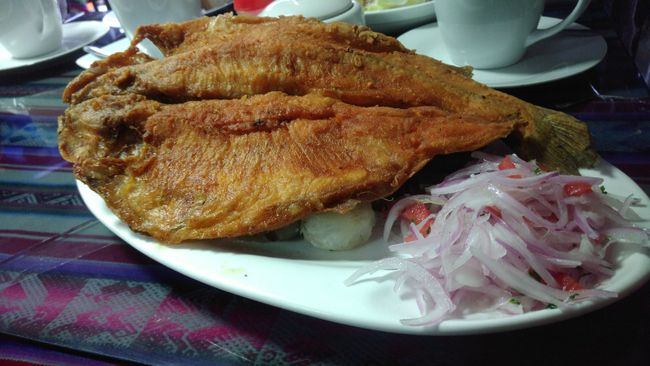
बातमीपत्राचे सदस्य व्हा
Of course, the highest navigable lake in the world, Lake Titicaca, was also a must on our Peru tour. According to legend, the first Incas came from the Sun Island in the Bolivian part of Lake Titicaca at an altitude of 3809 meters above sea level, which is 15 times larger than Lake Constance.
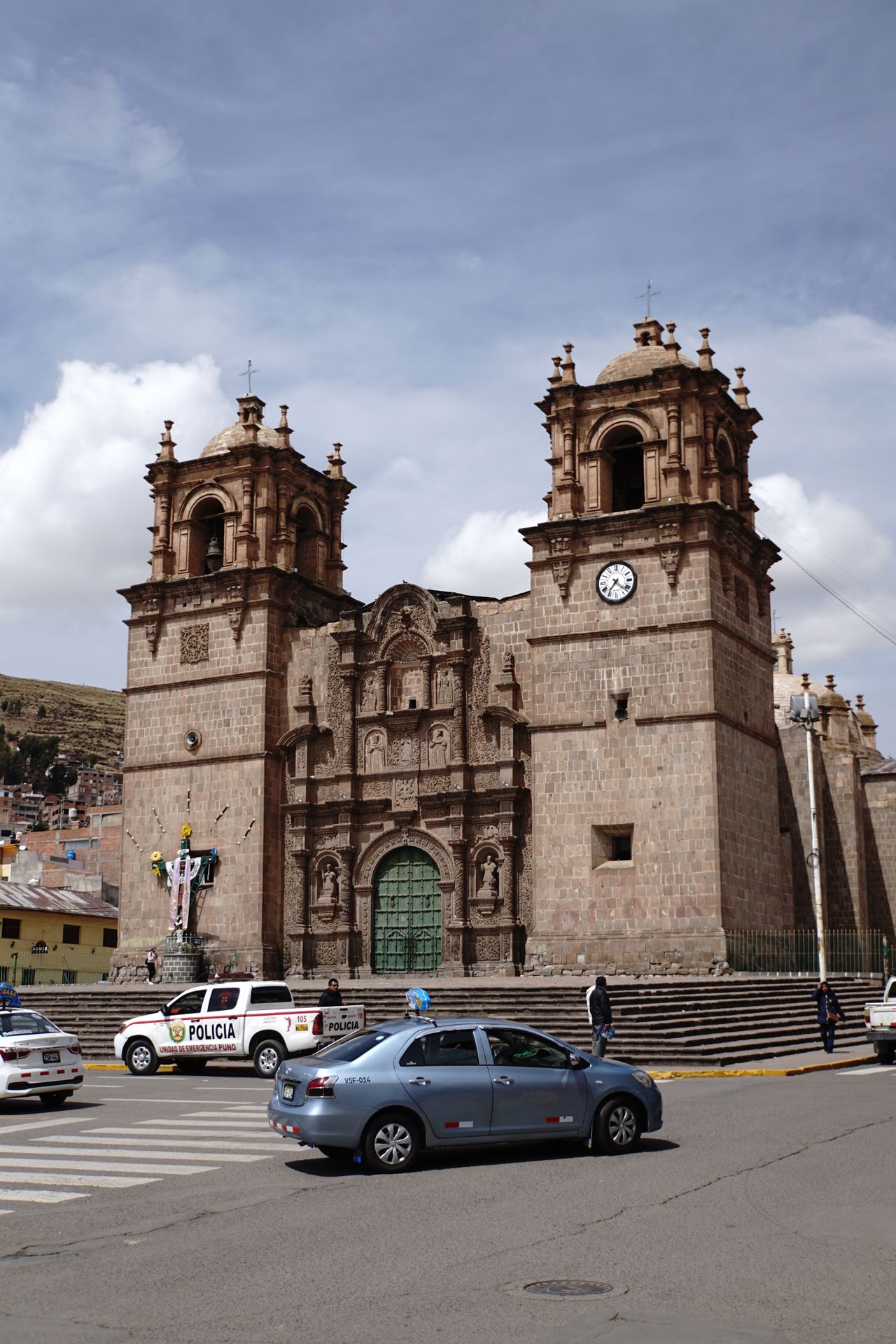

Located at an altitude of 3827 meters, Puno itself doesn't have many attractions to offer. The city is more impressive for its vibrant folklore. On holidays, things can get pretty extravagant here. Unfortunately, we don't experience much of it. However, we often notice small or larger groups of mainly young people rehearsing various dances in the middle of the streets or squares, and from the lookout point Cerro Huajspata, the wind carries trumpeting sounds to us.
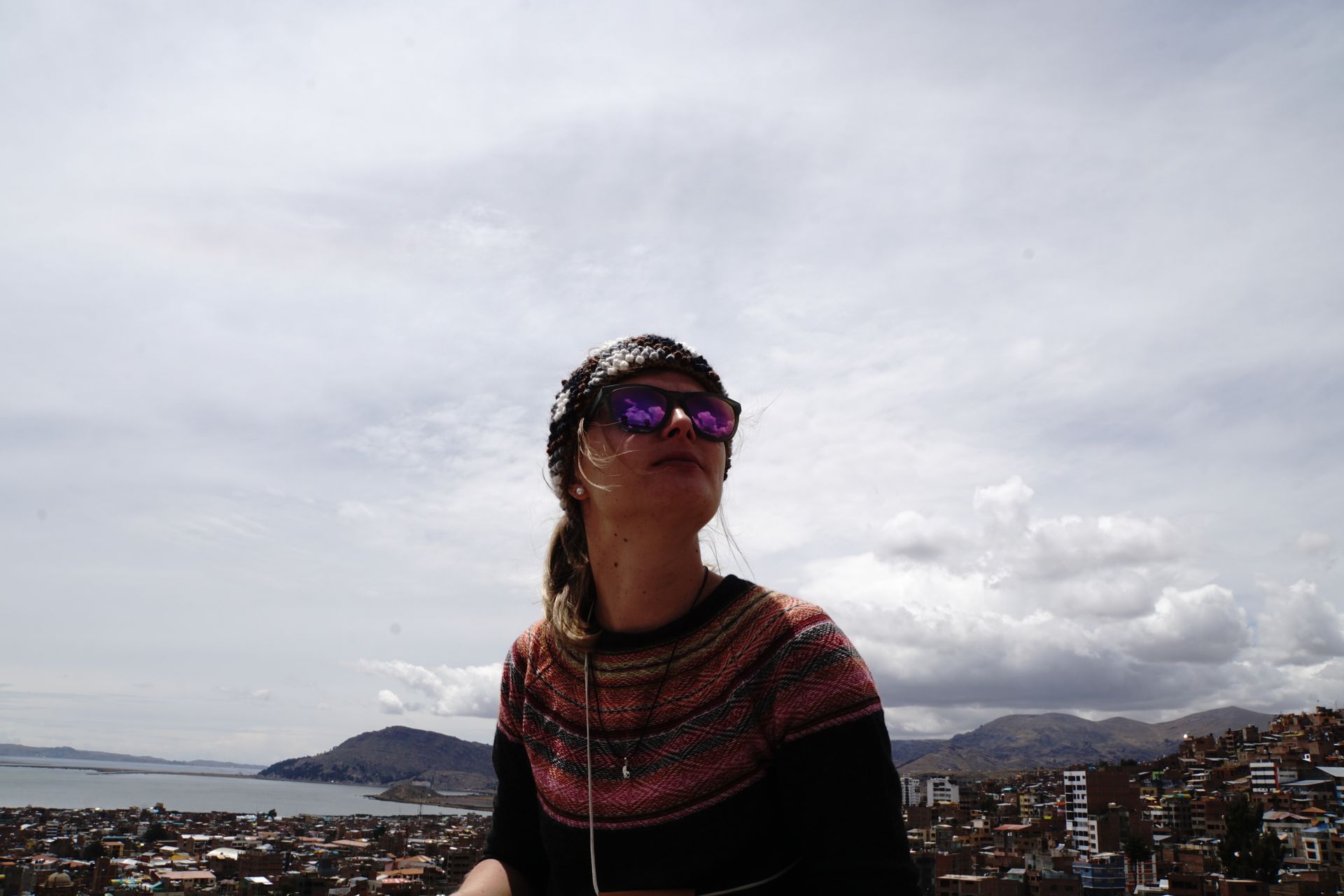
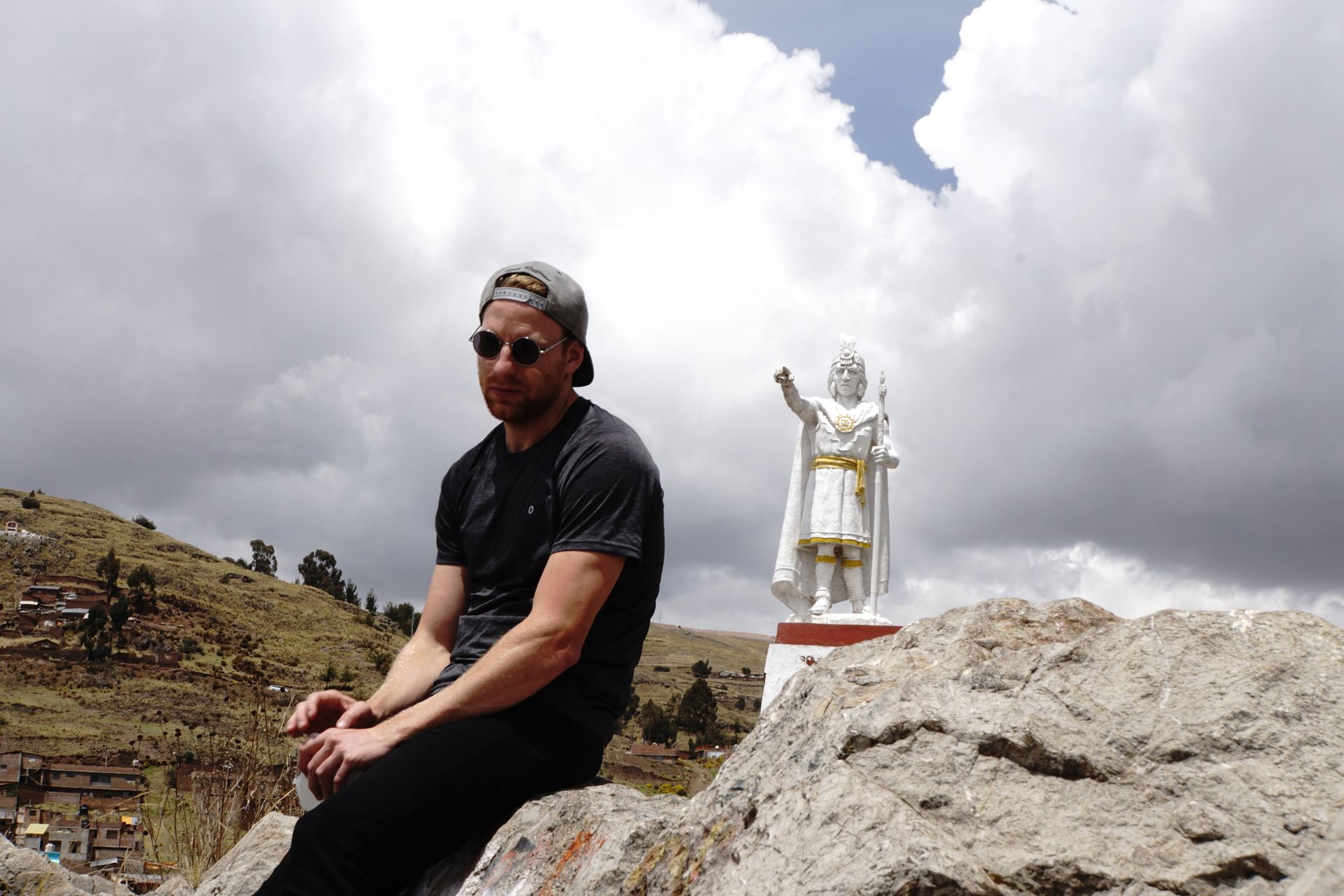
After a walk along the promenade and a sumptuous dinner of Lake Titicaca trout, trucha, it's time to go to bed early.
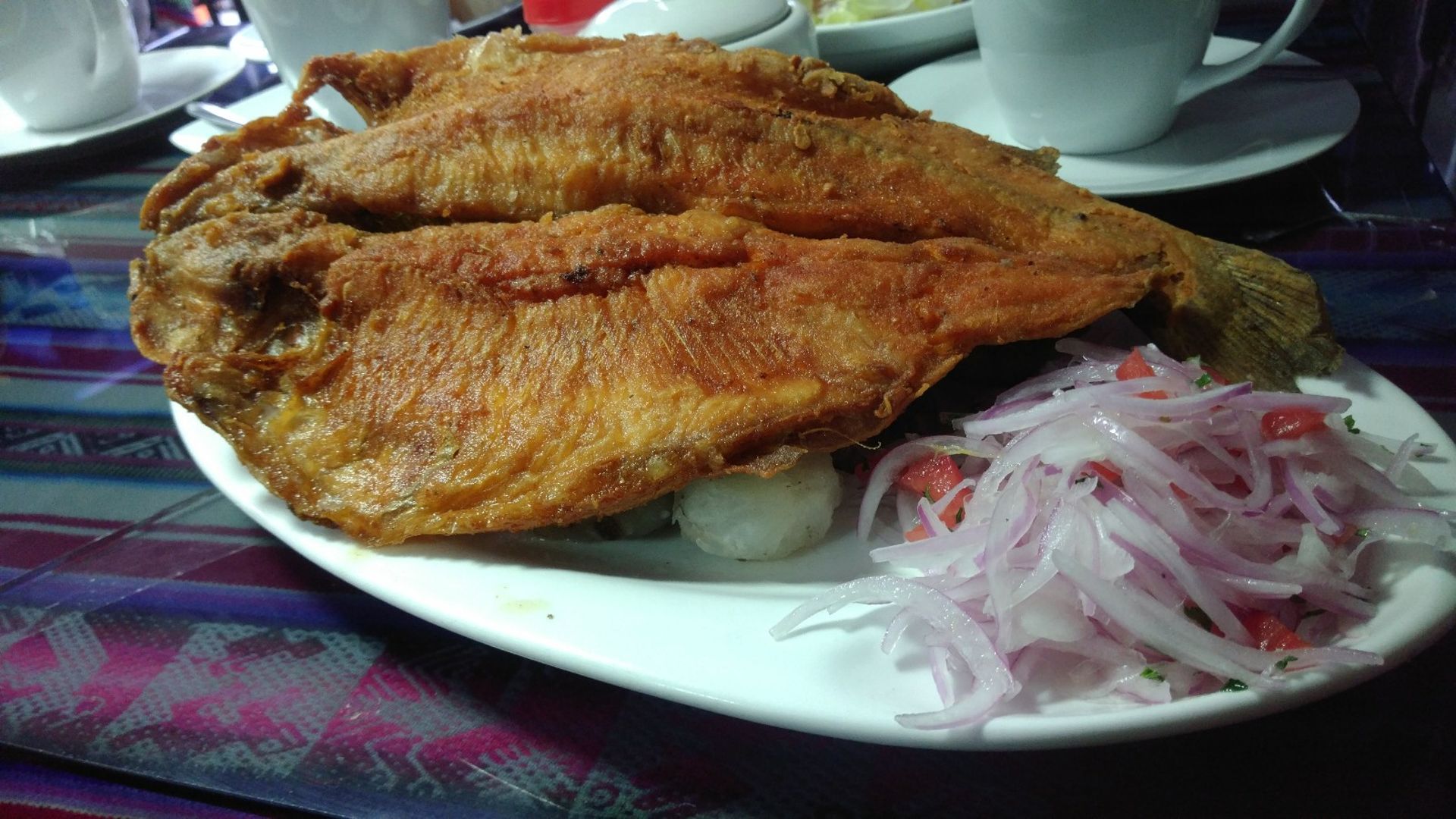
The next morning, our excursion on the lake is planned. Let's go by boat first to the Islas Flotantes, the floating islands of the Uros. Unfortunately, it is not known exactly when the ancestors of these people started to build the floating islands. There are no archaeological finds or the like. But it is likely that they sought refuge from the Incas and Collas, who inhabited the shores of the lake and considered the Uros inferior.
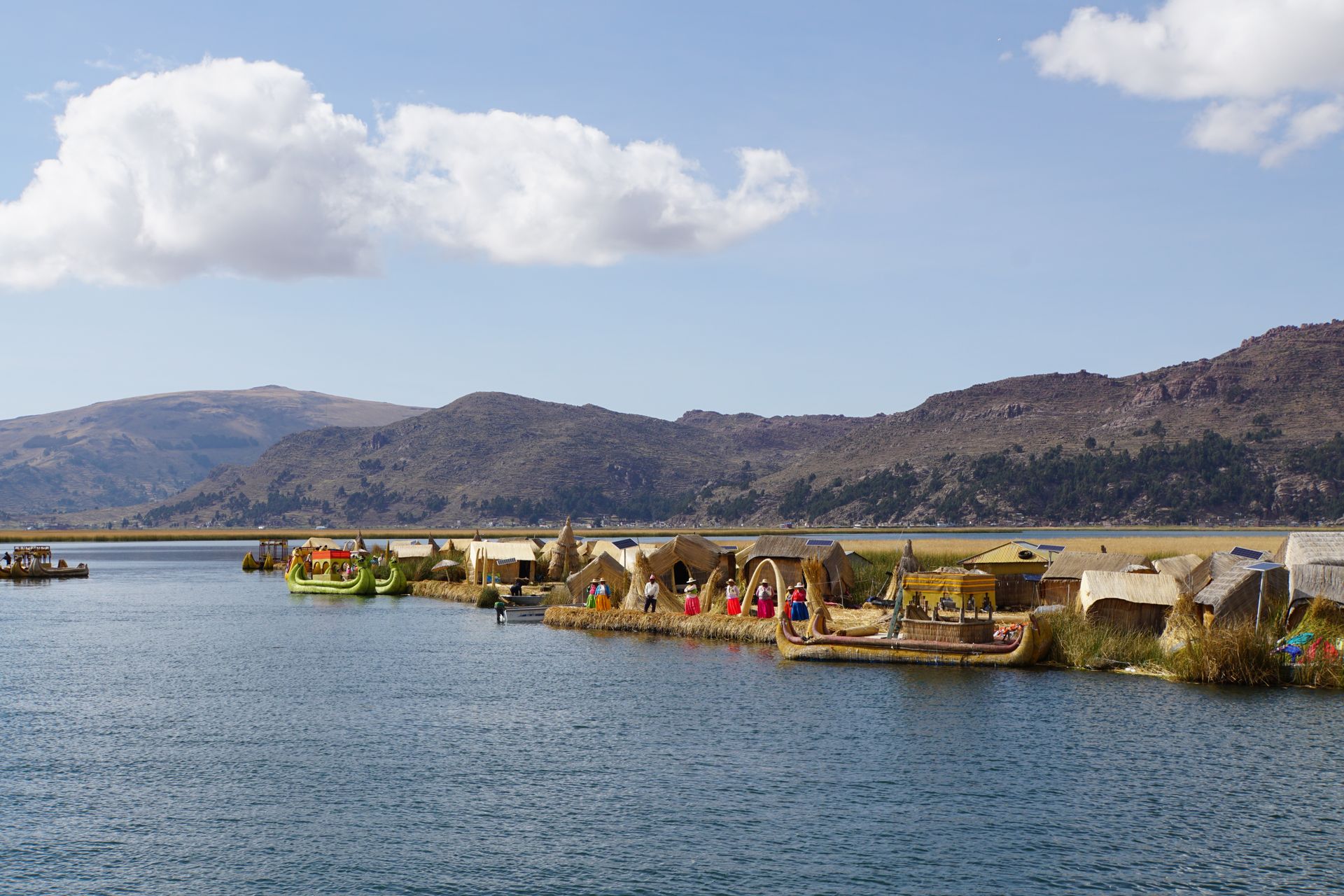
It's already very touristy. Hundreds of tourists are dropped off by boats on various islands, where they are then welcomed by the Uros. Our boat also stops at a small island where about 5 families, or 15 Uros, live. The "mayor" of the island, Huaili, welcomes us and explains to us how the islands are built: first, the roots of the reeds, which grow everywhere in the shallow lake water, are loosened with saws. This creates blocks of up to 10m x 4m x 2m. Wooden stakes are then driven into these blocks and tied together. This creates a large raft into which reeds are inserted to further strengthen the structure. Finally, several layers of chopped reed are laid on top. The top layer is renewed every 14 days. The resulting island has a lifespan of up to 25-30 years. After that time, a new island has to be built, which can take up to a year.
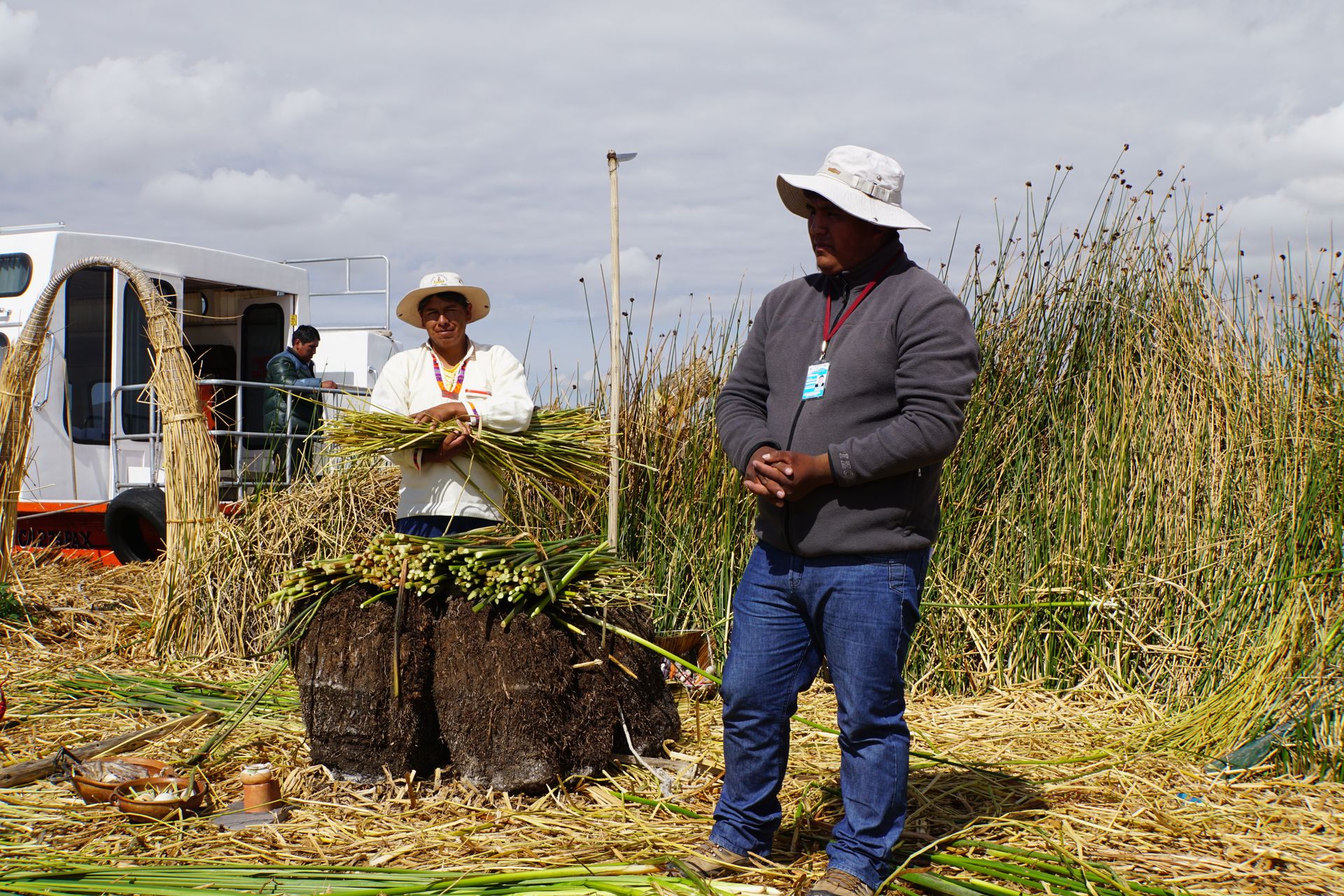
After we admire and of course purchase beautiful handicrafts from the women, we continue with one of the reed boats (called Mercedes-Benz due to its size) to the main island, where we can have our passport stamped. Of course, this is done for a fee. The boys and girls already know how to relieve tourists of their pocket money. In addition, the Uros still enjoy some special rights here (including tax exemption) and they are still very proud of their (partial) independence. However, they also have to take a 5-minute boat ride to the toilet. We think that's a fair deal. By the way, we were bid farewell with children's songs in various languages. In German, the Uros sang "Alle meine Entchen" (All My Little Ducklings). As I said, it was very touristy.
Finally, we continue on our motorized boat to Taquile, heading out onto the lake. This reddish, 6 km² island is still inhabited today by descendants of the Incas and Collas, and here too, the mainland seems very far away. So the people here also benefit from a tax exemption, and the mainland's legal system is of little interest here. The total of 1600 Aymara who live here are divided into 6 communities, in which an elders council makes decisions and judgments.

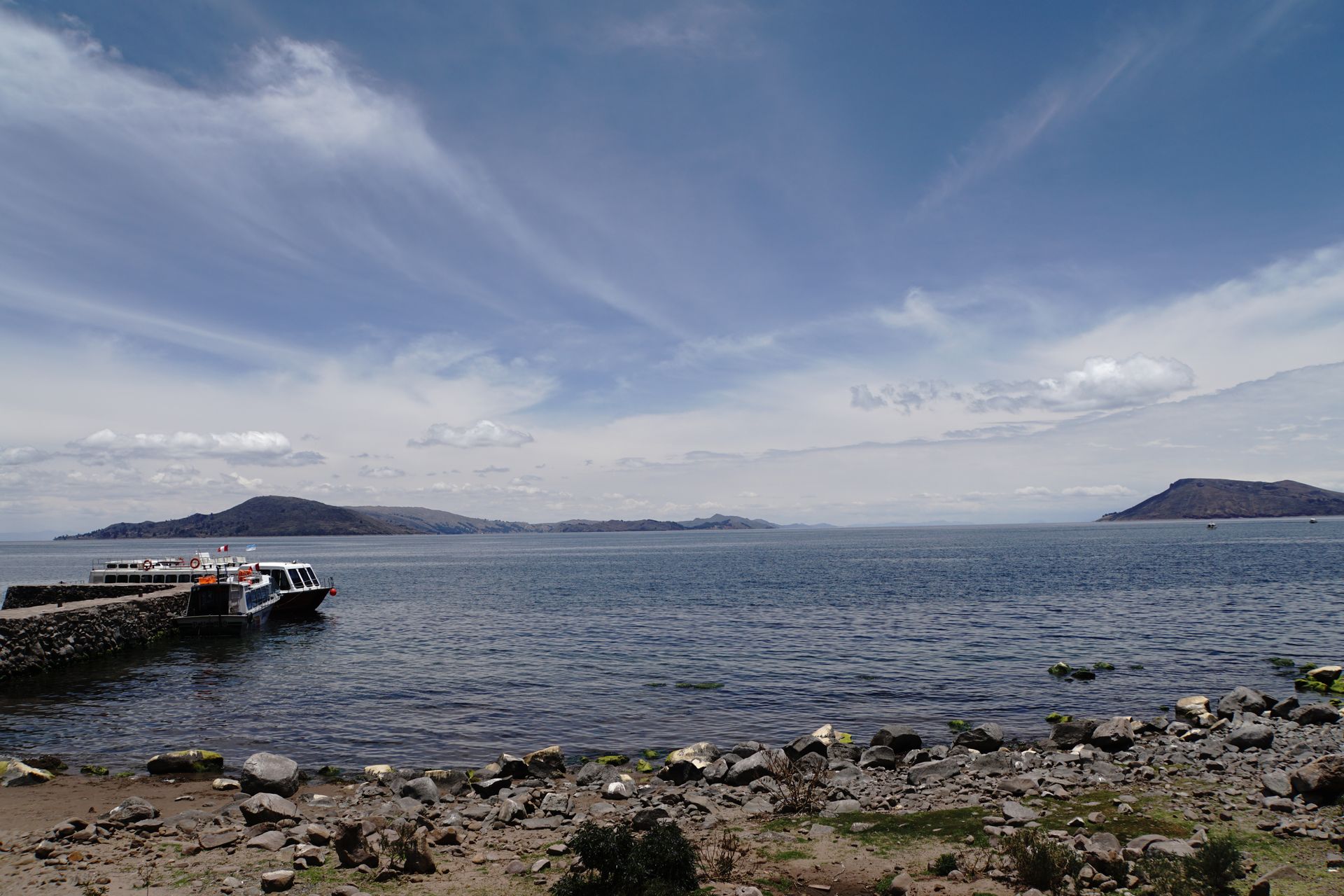
From Taquile, you can see a few neighboring islands
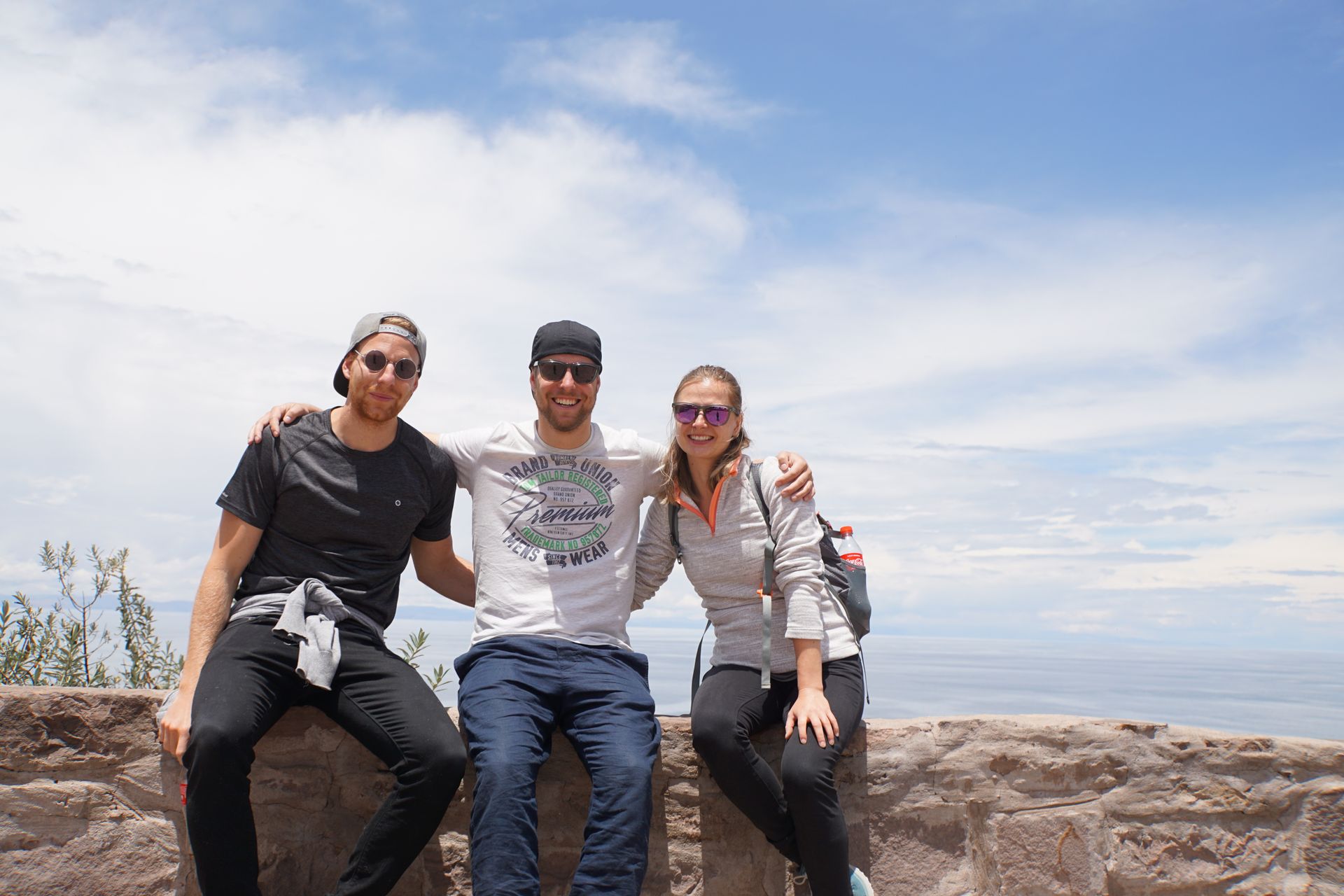
Taquile is famous not only for its location in Lake Titicaca or village life, but above all for its excellent handicrafts. Unique woven and knitted items are created here. The women weave hip belts and scarves, and the men knit incredibly tightly meshed hats (with old bicycle spokes!). Depending on the color of such a hat and the direction in which it is folded, the Uros can recognize the marital status and rank of the wearer.

The Aymara's artisanal skill was even included in the UNESCO list of "Masterpieces of the Oral and Intangible Heritage of Humanity" in 2005.
After lunch, it's time to return to the mainland. Tonight, we will take the overnight bus to Cusco.
बातमीपत्राचे सदस्य व्हा
उत्तर द्या (1)
Oh, der alte Herr sieht aber sehr freundlich aus.
Ihr habt aber wirklich schöne Ecken besichtigt. Es ist interessant Land und Leute zu entdecken, aber das da auch der Tourismus angekommen ist, ist schon traurig.
Wir hoffen, dass der Nachtbus euch gut nach Cisco bringt. Liebe Grüße Conny Peter und Luca

प्रवास अहवाल पेरू
